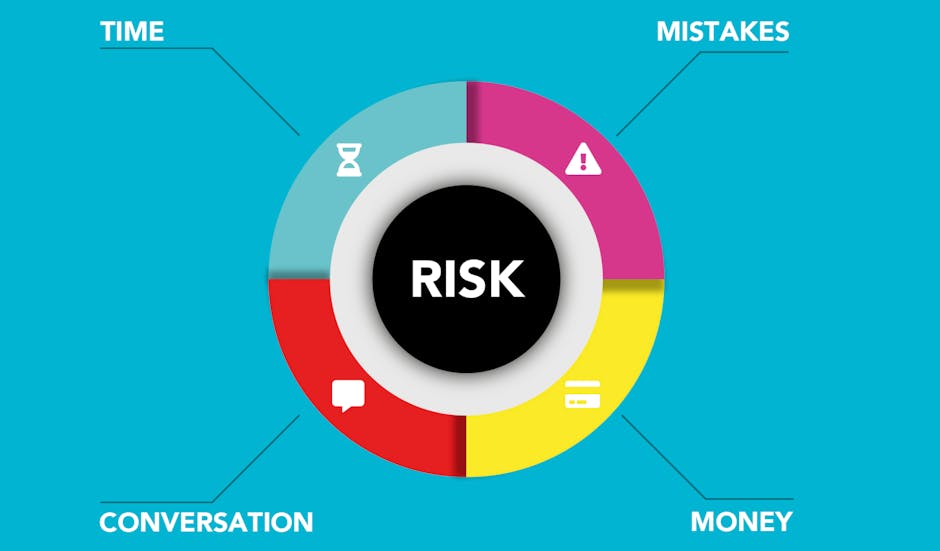How to Integrate Risk Management into Strategic Planning

Integrating risk management into strategic planning is a practice for organizations seeking to achieve their long-term goals while minimizing potential pitfalls. Risk management, when effectively embedded within the strategic planning process, enables organizations to identify, assess, and mitigate risks before they become significant obstacles. Risk management and strategic planning are often seen as separate disciplines, but they are intrinsically linked. Strategic planning outlines an organization's long-term goals and the steps needed to achieve them. On the other hand, risk management involves identifying potential threats that could derail these plans. By integrating risk management into strategic planning, organizations can develop more resilient strategies that are better equipped to handle uncertainties.
A key aspect of this integration is recognizing that risks are not always negative. Sometimes, taking calculated risks can lead to significant opportunities. For example, a digital marketing campaign might involve venturing into untested markets or using emerging technologies. While these actions carry inherent risks, they also offer the potential for high rewards if managed effectively. Aligning risk management with strategic objectives ensures that resources are allocated efficiently. Instead of addressing risks in a reactive manner, organizations can proactively plan for them as part of their overall strategy. This approach not only enhances decision-making but also improves organizational agility in responding to unexpected challenges.
Integrate Risk Management into Strategic Planning
Integrating risk management into strategic planning involves a series of steps designed to ensure that risks are considered at every stage of the planning process. These steps help organizations create strategies that are not only aligned with their goals but also resilient to potential setbacks.
- Risk Identification: The first step is identifying potential risks that could impact the organization’s strategic objectives. This includes both internal and external factors such as market fluctuations, technological changes, or operational inefficiencies.
- Risk Assessment: Once identified, risks need to be assessed in terms of their likelihood and potential impact. This assessment helps prioritize which risks require immediate attention and which can be monitored over time.
- Risk Mitigation Strategies: After assessing the risks, organizations should develop strategies to mitigate them. This could involve diversifying investments, adopting new technologies cautiously, or implementing robust contingency plans.
- Continuous Monitoring and Review: Risk management is an ongoing process. Regularly monitoring risks and reviewing mitigation strategies ensures that they remain effective as circumstances change.
This structured approach allows organizations to anticipate potential challenges and adjust their strategies accordingly. For digital marketing specialists, this might mean continuously evaluating the effectiveness of a campaign in real-time and making adjustments based on performance data.
The Role of Technology
Incorporating technology into risk management processes has become increasingly important in today's business environment. Advanced analytics tools and artificial intelligence (AI) can help organizations identify patterns and predict potential risks with greater accuracy than traditional methods. For instance, AI-driven analytics can monitor online conversations about a brand across social media platforms in real time. By analyzing sentiment data, digital marketing teams can quickly identify emerging issues or crises before they escalate. This proactive approach allows companies to address concerns promptly, thereby protecting their brand reputation.
Another technological advancement is the use of risk management software that integrates with an organization's existing systems. These platforms provide a centralized hub where all risk-related data can be stored, analyzed, and reported on. This not only streamlines the risk management process but also ensures that decision-makers have access to up-to-date information when crafting strategic plans.
| Technology | Application in Risk Management |
|---|---|
| AI-Driven Analytics | Predicting potential risks by analyzing large datasets in real-time. |
| Risk Management Software | Centralizing risk-related data for easier access and analysis. |
| Social Media Monitoring Tools | Tracking brand sentiment online to preemptively address issues. |
The integration of these technologies into risk management processes not only enhances efficiency but also provides a competitive edge by enabling quicker responses to emerging threats or opportunities.
Fostering a Risk-Aware Organizational Culture
Another aspect of integrating risk management into strategic planning is fostering a culture where employees at all levels are aware of potential risks and understand their role in managing them. This cultural integration ensures that risk management is not just seen as a top-down mandate but as a shared responsibility across the organization. One way to achieve this is through regular training sessions that educate employees on identifying and reporting risks within their specific areas of work. Encouraging open communication about potential issues fosters an environment where everyone feels empowered to contribute to the organization's overall risk management efforts.
Leadership must play its part in in setting the tone for risk-aware behavior. Openly discussing risks during strategic planning meetings and demonstrating how these considerations influence decision-making processes allows leaders to model best practices for their teams. This cultural shift towards proactive risk management creates a more resilient organization capable of navigating challenges while staying focused on its strategic objectives. The successful integration of risk management into strategic planning involves more than just processes and tools; it requires a mindset shift at all levels of the organization.
Integrating Risk Management into Strategic Planning
Integrating risk management into strategic planning is a necessity for organizations looking to thrive amidst uncertainty. Whether you're a digital marketing specialist launching new campaigns or an executive steering your company toward growth, understanding how to blend these two disciplines will equip you with the tools needed for success.
The key takeaway here is that effective integration requires both structural changes within your organization's planning processes and cultural shifts towards greater risk awareness at all levels. This approach will inevitably lead you toward more informed decision-making processes grounded in reality rather than assumptions alone.
